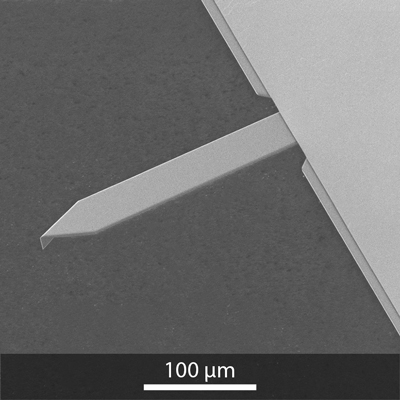

Regardless, you will often see "GS R" to denote your groundspeed while returning and "GS C" to denote your groundspeed while continuing.

Since ETP is most significant for the overwater portion of a flight, the ETP should be determined from coastal departure points and for alternate landing points. Total distance is the number of nautical miles from departure to destination.Total Distance GS r + GS c = ETP (in miles from departure) GS r Use the following formula to compute a ETP:.When computing ETP, obtain a wind factor for each half of the route.
#Afm 51 40 air navigation plus#
When the wind factor is a minus value (GS less than TAS), it is called a head wind factor when it is a plus value (GS greater than TAS), it is a tail wind factor. To do this, algebraically subtract the TAS from the GS. A wind factor is a headwind or tailwind component which is computed by comparing the average groundspeed (GS) to the true airspeed (TAS).Its location is somewhere near the midpoint of the route, however, and it dependent upon the wind factor. The ETP is not necessarily the midpoint in time from departure to destination.It is usually computed when planning long, overwater flights. The equal time point is a point along the route from which it takes the same amount of time to return to departure as it would to continue to destination.This article incorporates text from Pilot's Handbook of Aeronautical Knowledge, a public domain work of the United States Government. Federal Aviation Administration, Revised 1997 Advisory Circular AC 61-23C, Pilot's Handbook of Aeronautical Knowledge, U.S.^ a b AOPA Flight Training, Volume 19, Number 4 April 2007 Aircraft Owners and Pilots Association ISSN 1047-6415.ISA temperature = 15☌ - (1.98☌/1000ft x Altitude in feet) This is an easier formula to calculate (with great approximation) Density altitude from Pressure Altitude and International Standard Atmosphere temperature deviation Density Altitude in feet = Pressure Altitude in feet + (120 x ISA deviation) T S L = standard sea level air temperature (288.15 K)Įasy formula to calculate Density altitude from Pressure Altitude T = true (static) air temperature in Kelvin (K) figure P S L = standard sea level atmospheric pressure (101.325 kPa) The aircraft service ceiling (maximum altitude which can be attained) will be lower due to both lower power output and reduced lift, reducing the ability to fly above obstacles such as mountainsĭensity altitude can be calculated from atmospheric pressure and temperature (assuming dry air).The aircraft will climb more slowly as the result of reduced power production.The aircraft will need to move faster to attain the same lift - this implies both a longer roll down the runway before liftoff and a higher speed which must be maintained when airborne to avoid stalling.


The lift generated by the wings - reduction in air density reduces the wings lift, while the effect of humidity on lift is negligible.Air density is perhaps the single most important factor affecting airplane performance.


 0 kommentar(er)
0 kommentar(er)
